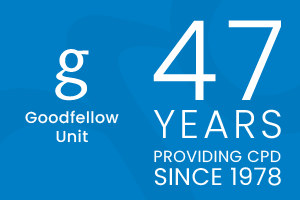Hypertension is defined as resistant when treatment, including appropriate lifestyle measures and treatment with maximum or maximally tolerated doses of a diuretic (thiazide or thiazide-like), an ACE/ARB blocker, and a calcium channel blocker fail to lower office systolic and diastolic BP values to <140 mmHg and or <90 mmHg, respectively.1
These uncontrolled BP values must be confirmed by out-of-office BP measurements (Resistant hypertension is not a disease but an indicator that should be used to identify patients at high risk for CVD, in which secondary hypertension is also frequent).
Pseudo-resistant hypertension must be excluded, including that caused by non-adherence to treatment.
In patients with decreased eGFR, i.e. < 30 ml/min/1.73 m2, an adequately up-titrated loop diuretic is necessary to define resistant hypertension. Such patients should be referred to a specialist.

